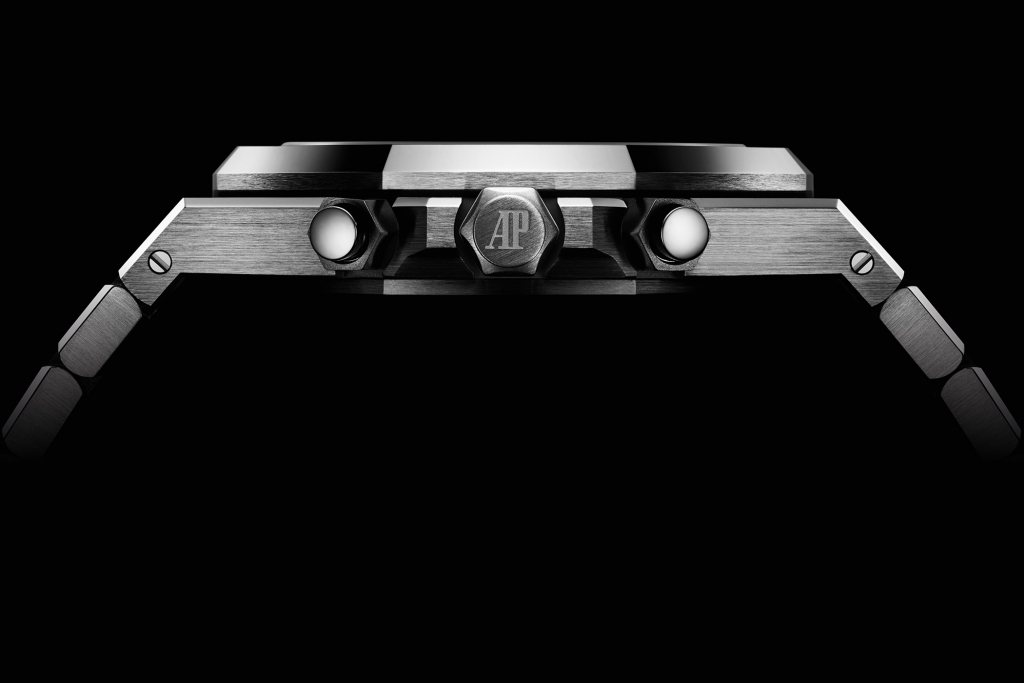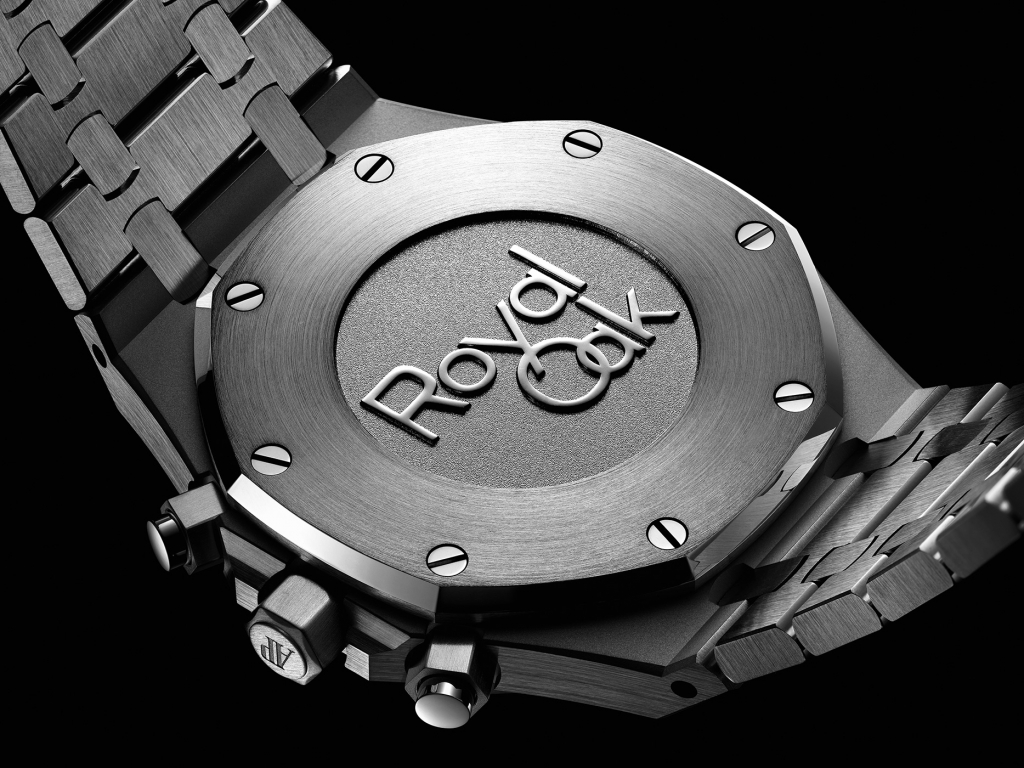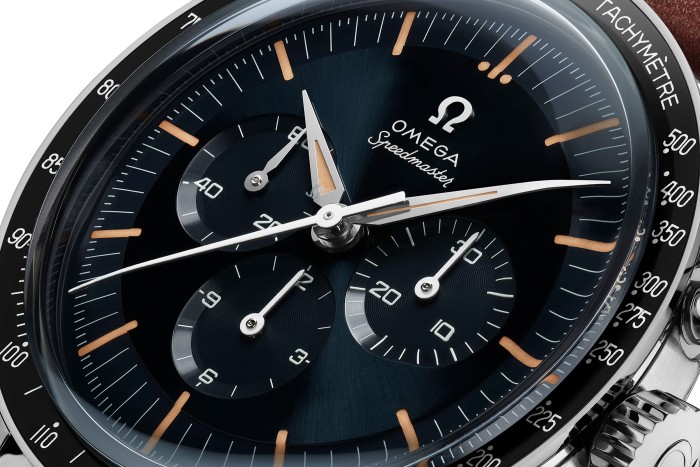This year Audemars Piguet hit an important milestone in the form of the 20th anniversary of the Royal Oak Chronograph. Since its inception in 1997, we’ve seen many variants in the dial, case and materials used. As we expected, to celebrate this year they have revamped the entire line-up of Royal Oak Chronographs with some striking aesthetics.
 I wouldn’t necessarily call this a new watch, but more a facelift as there are only refinements and changes in aesthetics compared to the previous line-up. One thing to note, is that Audemars Piguet of late has been embracing the idea; the more choice the better, with last year’s Royal Oak Offshore Diver released in a few colours and this year’s Royal Oak Chronograph line-up with seven new variants! A total of three stainless steel and four pink gold variants were released, all with different dial styles.
I wouldn’t necessarily call this a new watch, but more a facelift as there are only refinements and changes in aesthetics compared to the previous line-up. One thing to note, is that Audemars Piguet of late has been embracing the idea; the more choice the better, with last year’s Royal Oak Offshore Diver released in a few colours and this year’s Royal Oak Chronograph line-up with seven new variants! A total of three stainless steel and four pink gold variants were released, all with different dial styles.
I guess it’s interesting to debate as there is always two sides of the argument – one being that having a more streamlined collection of single pieces is less confusing with the other side asserting that the more choices there are, the more relatable it will be to more potential buyers. For me, I agree with the latter, as I do think there is a certain paradox of choice, where too many choices confuse rather than enables.
 With all that being said, let’s take a look at the new line-up. The first big change that has given way to so many variants, is of course the dial. Retro styling is in with Audemars Piguet as the Royal Oak Chronograph has a new striking two-tone dial layout. I must say the strong contrasts of the sub dials does change what we have come to expect of an RO. I much prefer the stainless steel to the pink gold as the matching pink gold sub dials loses some of the contrast as supposed to the ice sharp sub dials of the stainless-steel version.
With all that being said, let’s take a look at the new line-up. The first big change that has given way to so many variants, is of course the dial. Retro styling is in with Audemars Piguet as the Royal Oak Chronograph has a new striking two-tone dial layout. I must say the strong contrasts of the sub dials does change what we have come to expect of an RO. I much prefer the stainless steel to the pink gold as the matching pink gold sub dials loses some of the contrast as supposed to the ice sharp sub dials of the stainless-steel version.
 Further tweaks to the Royal Oak Chronograph includes an emphasis on legibility, with enlarged sub dials for the 3 and 9 o’clock sub dials and wider outer markers with extra luminescence. The date has moved slightly as a result but overall I do think the proportionality is maintained. As to how much this improves legibility I can’t say for sure, but I see the reasoning, with the contrasting sub dials already something that would improve legibility.
Further tweaks to the Royal Oak Chronograph includes an emphasis on legibility, with enlarged sub dials for the 3 and 9 o’clock sub dials and wider outer markers with extra luminescence. The date has moved slightly as a result but overall I do think the proportionality is maintained. As to how much this improves legibility I can’t say for sure, but I see the reasoning, with the contrasting sub dials already something that would improve legibility.
 Apart from that, nothing has changed with the familiar larger 41mm case used and the excellent integrated bracelet. Inside, the automatic calibre 2385 is still used, though not in-house, trusty as ever and a solid 40-hour power reserve.
Apart from that, nothing has changed with the familiar larger 41mm case used and the excellent integrated bracelet. Inside, the automatic calibre 2385 is still used, though not in-house, trusty as ever and a solid 40-hour power reserve.
The Royal Oak Chronograph in stainless steel and integrated bracelet is priced at £19,500, with the pink gold versions with a leather bracelet £38,800 and £45,500 with a matching pink gold integrated bracelet. For more information visit the official Audemars Piguet website.



